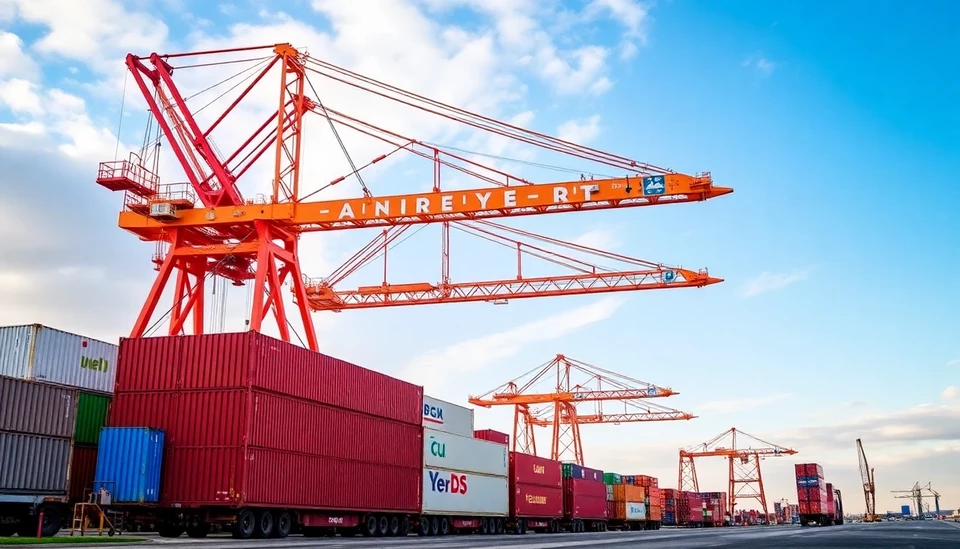
In a significant turn of events, Irish pharmaceutical exports to the United States have witnessed a remarkable surge as manufacturers brace for potential tariffs on their products. This unexpected boom has sparked discussions about the implications for both domestic and international markets, as companies rush to ship their goods before any new trade policies take effect.
Data from the government shows that exports from Ireland, a key player in the global pharmaceutical industry, increased by over 20% in the first quarter compared to the same period last year. This jump is primarily attributed to a strategic shift by companies looking to preemptively counteract the possible imposition of tariffs that could alter the competitive landscape for Irish medicines in the U.S. market.
The government’s looming threat of tariffs has instigated a proactive approach among pharmaceutical firms. By increasing their export rates significantly, these companies aim to stabilize their market presence in the U.S. before any potential adjustments to trade policies could detrimentally impact their bottom line. The financial stakes are high; the U.S. represents one of the largest markets for Irish pharmaceuticals, with exports predominantly focused on high-value medications and innovative therapies, which have been pivotal in establishing Ireland as a global leader in this industry.
Experts express that the ongoing trade negotiations between the U.S. and European Union could play a critical role in shaping the future of these exports. The prospect of tariffs introduces an element of uncertainty, leading companies to expedite their shipping to maximize profits while they navigate the complex landscape of international trade relations. Industry analysts suggest that this rapid response might not only lessen the potential impact of tariffs but also strengthen Ireland’s position as a formidable source of pharmaceutical products.
In light of these developments, stakeholders within the pharmaceutical sector are closely monitoring the situation, preparing for a variety of outcomes that include both possible tariffs and shifts in trade dynamics. The sector’s resilience and adaptability are expected to be tested in the face of such challenges, but the current increase in exports reflects a well-calibrated defense against imminent trade disruptions.
As the situation evolves, companies, consumers, and policymakers alike remain on high alert. The ramifications of such tariffs could extend beyond mere economics, influencing drug availability and healthcare costs within the United States, which further complicates the conversation around foreign trade and domestic healthcare policies.
In summary, while the immediate future of Irish pharmaceutical exports to the U.S. looks promising due to the recent surge, the possibility of tariffs continues to loom large, indicating that adaptability and foresight will be crucial for companies looking to thrive in this unpredictable environment.
#IrishPharmaceuticals #TradeSurge #USMarket #TariffConcerns #IrelandExports
Author: Victoria Adams




